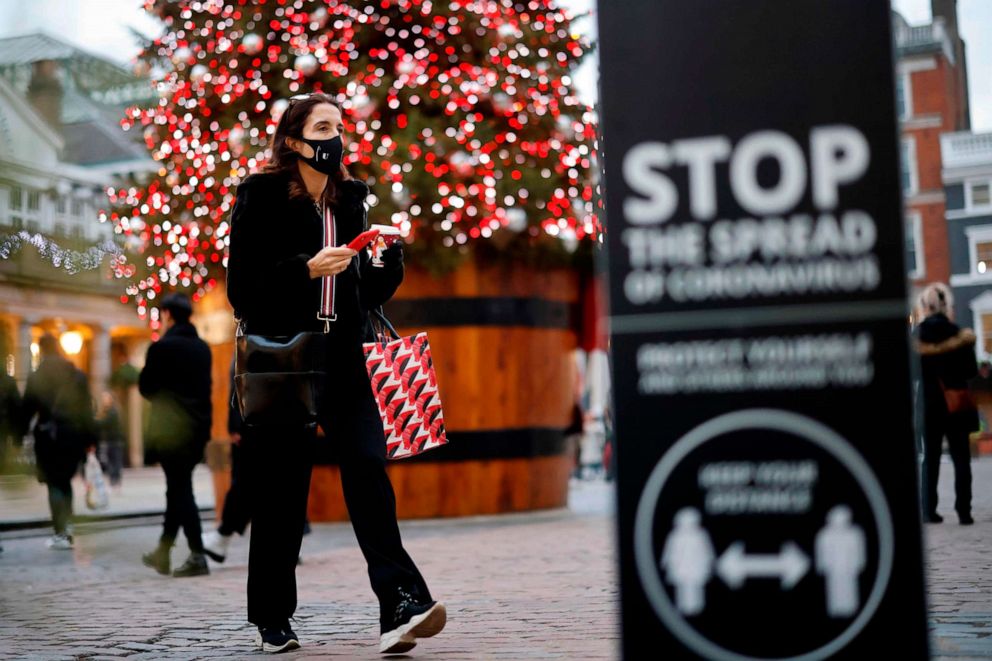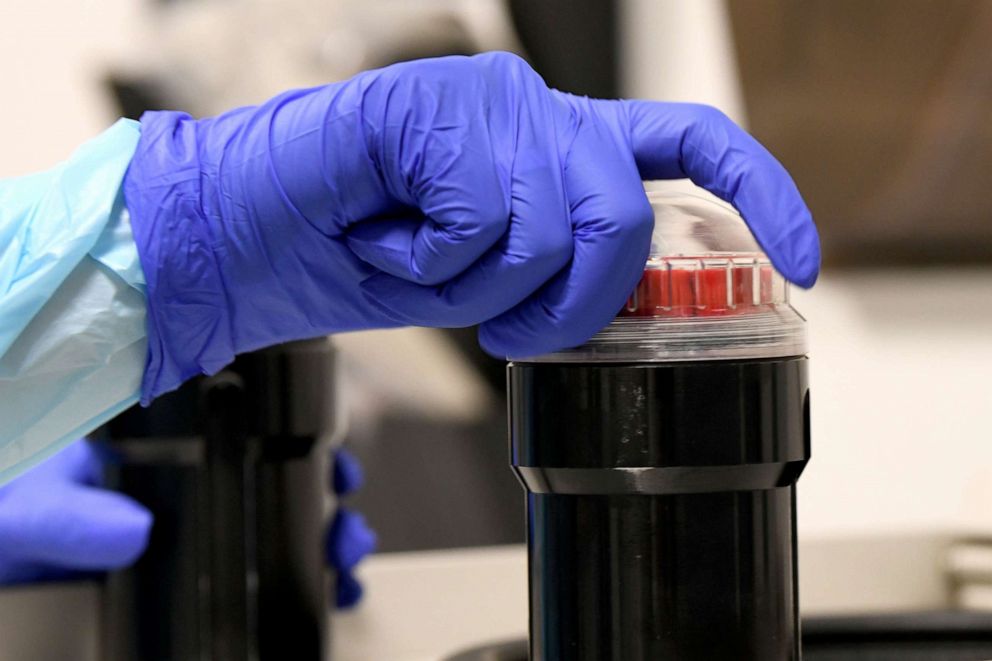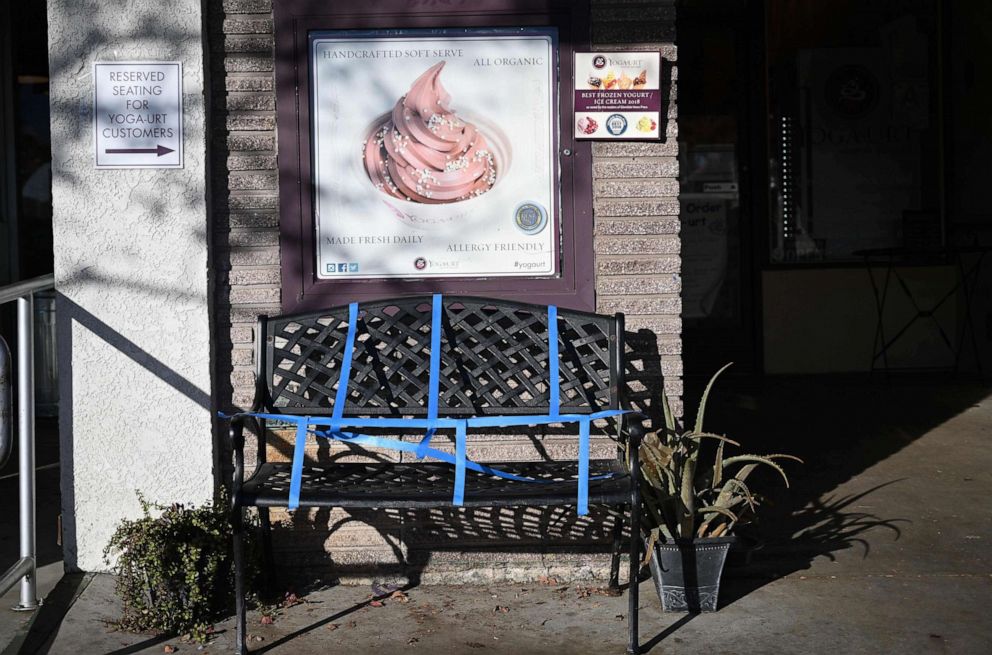Study shows infections dropped 30% in England during 2nd lockdown
New research suggests England has seen roughly a 30% drop in COVID-19 infections three weeks into its second nationwide lockdown.
The Real-time Assessment of Community Transmission (REACT) program, run by Imperial College London and research firm Ipsos MORI, is tracking current cases of COVID-19 in England by testing more than 150,000 randomly-selected people each month over a two-week period. An interim report released Monday from the latest round of testing, which includes results from more than 105,000 at-home tests between Nov. 13 and Nov. 24, shows that an estimated 0.96% of England's population -- or around one in 100 people -- is infected with COVID-19.
The study, which is commissioned by England's Department of Health and Social Care, also found that the overall reproduction (R) number has fallen to below 1 -- estimated at 0.88 -- meaning the country's outbreak is currently shrinking rather than growing.
"In this interim report from the seventh round of data collection, we found a reduction in national prevalence of infection by around 30% from the high levels in the latter half of round 6 (26 October to 2 November 2020)," the study's co-authors wrote in the report. "The national prevalence has now dropped to ~1%, a level last seen 6 weeks earlier. This fall in prevalence covers a period of nearly three of the four weeks of the second national lockdown, and is consistent with an observed reduction in the number of daily swab-positive cases recorded in routine surveillance data."

Paul Elliott, professor of epidemiology and public health medicine at Imperial College London and director of the REACT program, called the data "encouraging" for England, which was under a regional tiered system of COVID-19 restrictions before entering lockdown again on Nov. 5. A tougher three-tier system will come into force when the lockdown ends just after midnight on Wednesday.
"We're seeing a fall in infections at the national level and in particular across regions that were previously worst affected. These trends suggest that the tiered approach helped to curb infections in these areas and that lockdown has added to this effect," Elliott said in a statement Monday. "As we approach a challenging time of year, it’s even more vital that through our actions and behaviors we all play our part in helping to keep the virus at bay."






